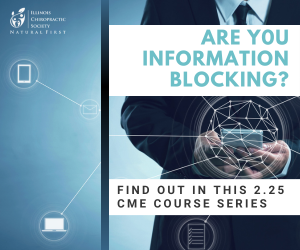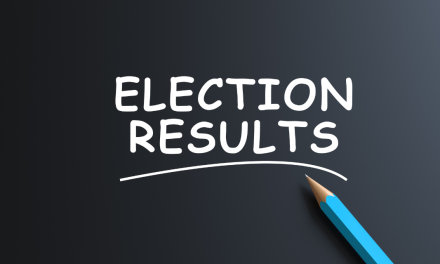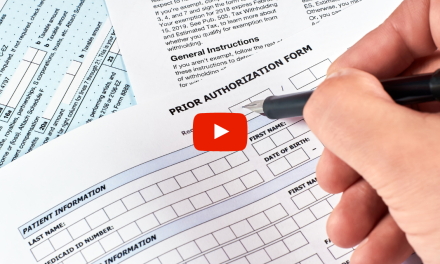
OIG Compliance: The Exclusion List
The OIG enforces strict exclusions from federal healthcare programs, imposing heavy penalties for violations. Monthly employee checks against the OIG exclusions list can help chiropractic practices avoid costly liabilities. Watch the video to learn more!
Transcript:
The fourth OIG compliance law that chiropractors should be aware of is exclusion and those who enforce exclusion. The Office of Inspector General has been around since 1976 but they didn’t really get going and get the resources they needed till 1996 and they have the authority to exclude individuals and entities from participating in all federal health care programs. The OIG maintains a list of those who are currently excluded, called the list of excluded individuals or entities or l.e.i.e. and the list includes the provider’s name, address, their MPI, their upin, their date of birth or job description, the date of the exclusion and the reason for it. In 2015 a chiropractor in Pennsylvania agreed to a 25-year exclusion for violating the False Claims Act. The OIG alleged that this chiropractor knowingly submitted false or fraudulent claims to Medicare for services rendered, even though that provider was excluded from participating already. And so he got a 25-year penalty.
Healthcare providers participating in federal healthcare programs like Medicare, Medicaid, CHIP, TRICARE, and the VA are advised to check against the list for employees who might appear on it. If an entity provides care to patients who are part of the federal plan, then it is prohibited to employ anyone who’s on the exclusions list. There are lots of reasons why someone might make it onto the exclusions list, and the length of the exclusion can vary from just a year to up to 10 years or beyond. Some of them are mandatory and some are called permissive. The mandatory exclusions are required by law, including things like felony criminal convictions, Medicare, Medicaid fraud, patient abuse or neglect, other healthcare-related fraud or theft and unlawfully distributing a controlled substance, or doing drugs.
Permissive exclusions are discretionary, though, and the individuals have 30 days to appeal. Examples of permissive exclusions might include a revoked license, defaulting on health education loans, fraud in a non-healthcare program, obstruction of an audit, participating in kickbacks, and failing to meet professionally recognized standards. No federal health care program payment can be made for items or services furnished by an excluded person or under the direction of an excluded person. An excluded person can also not bill indirectly as part of a group. In addition, the OIG has the authority to impose Civil Monetary Penalties on those that contract with an individual or entity that was excluded, and this could be as much as $20,000 for each item or service claim, plus treble damages of the amount of the claim. And so the punishments are relatively severe. Payments receivable and violations are considered overpayments. They all have to be returned.
So to avoid overpayment and the civil monetary penalty liability, entities should check all their new hires and existing employees on the on the exclusions list to determine their status. The OIG updates this list monthly. So the best way to reduce this risk, or minimize it completely, is to conduct a monthly screening. In addition to this federal list, every state has their own rules regarding exclusion, and so those lists to be checked as well, and there’s other databases to to consider in addition. The good news is you can find like a third-party vendor who can do this for you at relatively inexpensive costs. In many cases, a federal exclusion triggers a state-level exclusion. But the reverse isn’t always true, because the state laws don’t always match up with the federal laws. But also, a lot of private health insurers require you to disclose whether or not you’ve been excluded as a criteria for joining their network. And so as such, you know an exclusion could be a financial death sentence to healthcare provider. Pleading ignorance is not an option. This exclusion has been published very clearly since 1999 and so this applies to people who knew, or should have known, that they were engaging with an excluded entity. So you should be doing a monthly check of anyone who works in your clinic to see if they have been excluded.

















